#hebrew alphabet
Photo
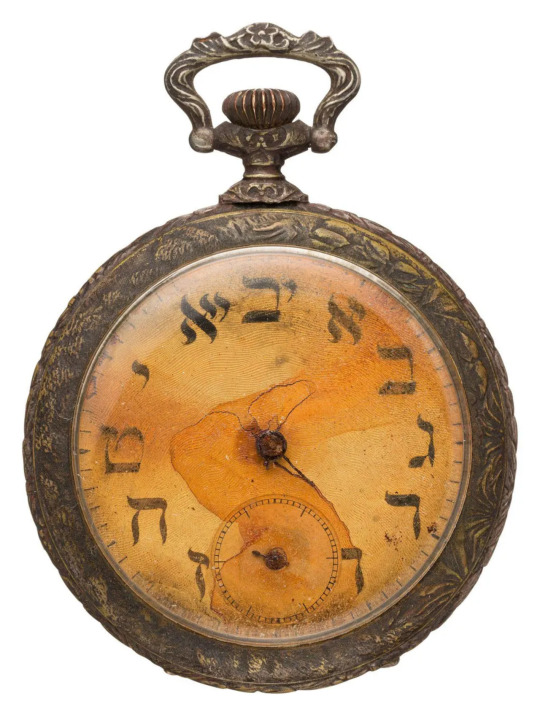
Pocket watch with Hebrew numerals. More information and images at source.
#hebrew alphabet#hebrew numerals#pocket watch#titanic#heritage auctions#miottel museum#hebrew#watch#clock#content
103 notes
·
View notes
Photo

Jules Perahim (1914-2008) — Mem (from series “Hebrew Alphabet”) [chromolithography, 1975]
124 notes
·
View notes
Note
Hi, I wanted to thank you for your post about the distinction of Judeo-Aramaic and Aramaic. I wanted to share that I have ended up becoming friends with some Assyrians who feel a strong sense of kinship with Jews due to their modern situation and have had some really interesting conversations with them.
I also wanted to say, it's an important distinction because by misnaming Judeo-Aramaic "Aramaic" people may not realize there are separate but related languages still spoken and used by modern-day Arameans, Assyrians, and Chaldeans, usually written in the Syriac script, which are considered neo-Aramaic languages.
I hope you don't mind my asking, I have recently been interested in understanding the shift from the paleo-Hebrew alphabet to the Hebrew alphabet used now, do you have any good resources for the history of that change? It's also okay if you don't know or don't have time/energy to answer.
I'm glad you like my post! Yes, a lot of people don't realize that Aramaic variations are still spoken today, and that Aramaic is its own language distinct from Hebrew.
So the short answer for the shift from Paleo-Hebrew script (which is most similar to Pheonician script) to current Hebrew script (Ktav Arami) has a lot to do with the Babylonian colonization of ancient Israel and Judea.
Here is a diagram I found showing the evolution of Hebrew script:
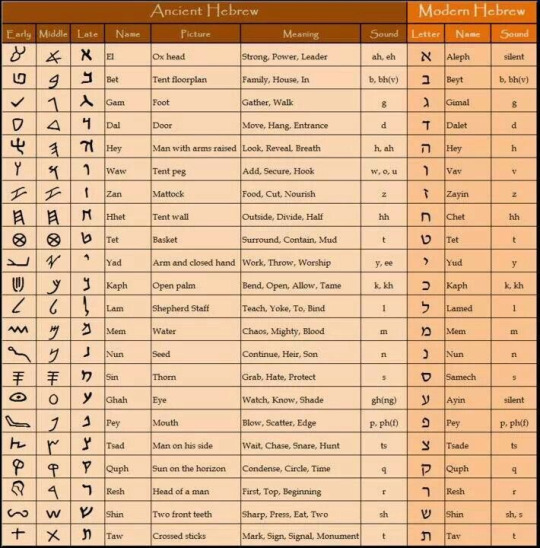
If you notice, early Hebrew script is indistinguishable from Pheonician
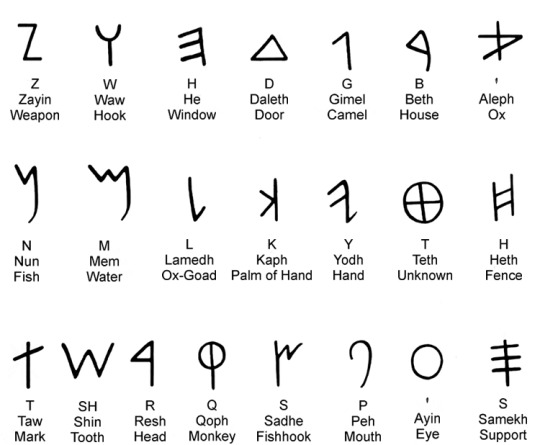
While later Hebrew looks a lot more like Aramaic

And then the Hebrew alphabet evolves further into the alphabet we recognize today.

But the old Aramaic script is actually preserved in Hebrew script. While more modern Hebrew text is used in official printing, the handwriting native Hebrew speakers (including myself) looks a lot more like the Aramaic alphabet

Sephardic script, or "Rashi Script", another script of Hebrew used in the middle ages, also draws similarities with the Aramaic alphabet

Basically, alphabets change over time. The Pheonicians were longtime trade partners with the Ancient Israelites, so it makes sense that they'd have the same alphabet. Then, the Babylonians invaded many many years later. Aramaic turned to Judeo-Aramaic to become the language of the Jewish diaspora, which influenced the alphabet. The alphabet evolved further into a distinct alphabet, but the Aramaic influence remains in the handwriting.
Some articles I recommend for more reading:
About the evolution of Hebrew
About "Rashi Script"
About Jewish diasporic languages
About Aramaic in Jewish History
About the Hebrew Alphabet and its spiritual significance
About Judeo-Aramaic
About the importance of Hebrew
Enjoy!
[note: very very brief image descriptions in alt text]
#hebrew#aramaic#language#linguistics#jumblr#judaism#jewish language#jewish culture#hebrew alphabet#jewish history
204 notes
·
View notes
Text
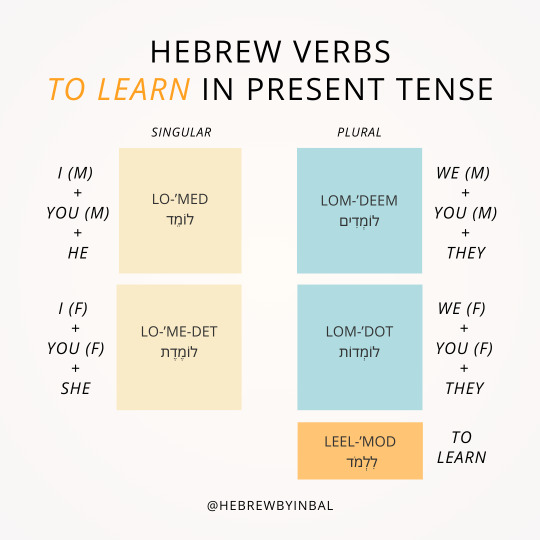
Are you ready to elevate your Hebrew conversations?
Mastering the present tense of the verb 'ללמוד' (to learn) is a great way to do just that.
Not only will this enhance your everyday dialogues, but it will also empower you to discuss your learning journey, your interests, and even your professional growth—all in fluent Hebrew!
Save this in-depth guide that will make this verb second nature to you, setting you on the path to Hebrew mastery 🌟
#hebrew#jewish#learnhebrew#hebrewbyinbal#language#hebrew langblr#israel#jew#torah#trending#verbs#verb#to learn#language lessons#hebrew language#hebrew alphabet#hebrew bible#hebrew israelites#hebrew names#hebrew school#language learning#learn hebrew#jewish tumblr
14 notes
·
View notes
Photo

Catalan words in Hebrew letters?
In the Middle Ages, there was a significant Jewish community in many cities and towns of Catalonia. There had been a Jewish community in our country since at least the 6th century, who lived here until the monarchy forced the Jewish people to either convert to Catholicism or leave the country, in the year 1492.
Like the rest of Catalans, the Jewish people spoke the Catalan language. They also learned Hebrew, which they used for praying and for writing. Archives preserve many Medieval documents of the Catalan Jewish people, where we can see when did they use each language:
Hebrew (Hebrew language in Hebrew alphabet) was used for writing everything related to liturgy, prayer, and official documents.
Catalan language in Hebrew alphabet was used for written documents about everyday life, like book entries about purchases and sales, lists, and other ordinary records.
This is known as “aljamiat”, which means a Romance language* written in Hebrew or Arabic letters instead of the Latin alphabet.
*A Romance language is a language that comes from Latin, such as Catalan, Occitan, Italian, Spanish, French, Portuguese, Romanian, Neapolitan, Sicilian, and many more.
Source: Museu d’Història dels Jueus (Jewish People’s History Museum) in Girona, Catalonia.
#història#jueus catalans#llengua catalana#hebrew alphabet#hebrew#medieval#middle ages#medieval history#history#jewish#jewish history#romance languages#languages#language#langblr#european history#catalan jewish#catalan jews
260 notes
·
View notes
Text
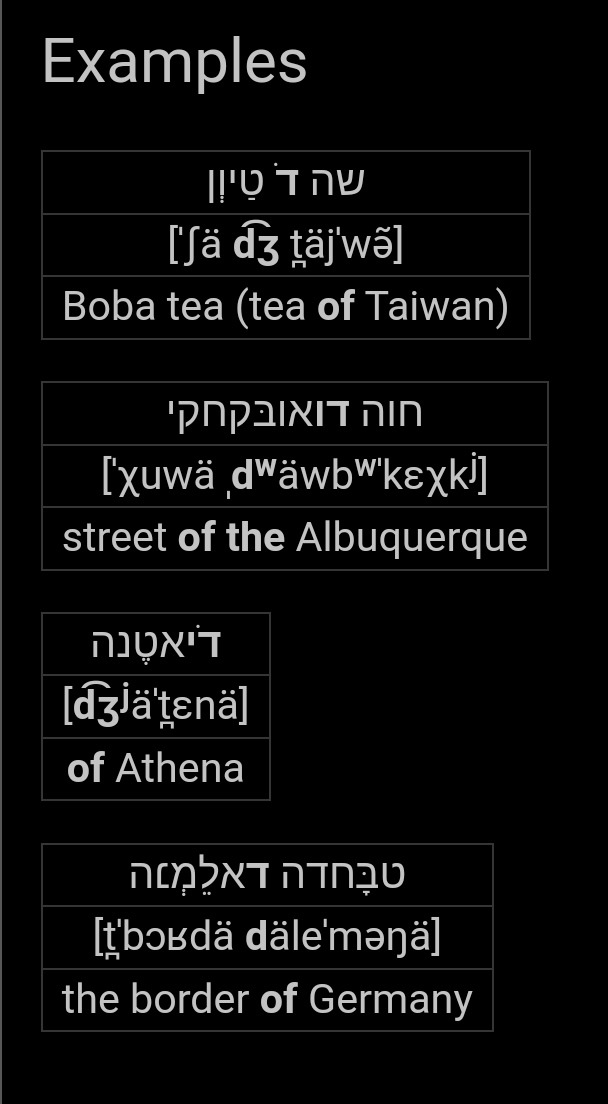
Current Hybrit speech and spelling, Hybrit people, Daybreak System
#daybreaksystem#plural#did#dissociative identity disorder#langblr#languages#hebrew alphabet#portuguese language#daybreak system#hybrit
2 notes
·
View notes
Text
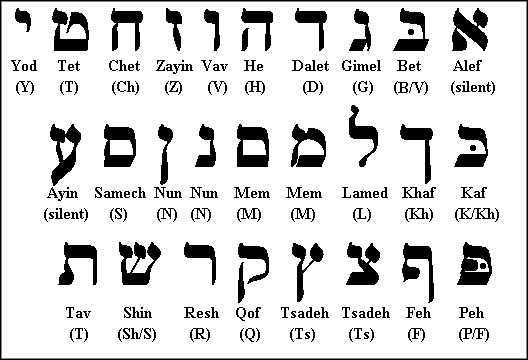
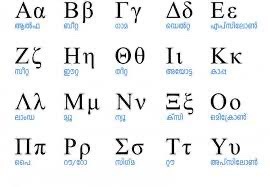



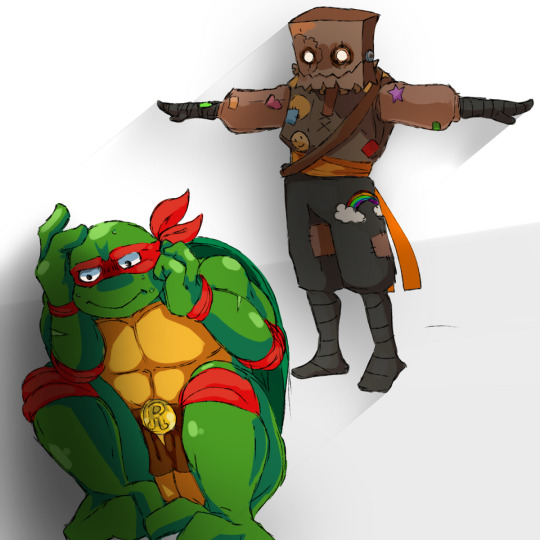


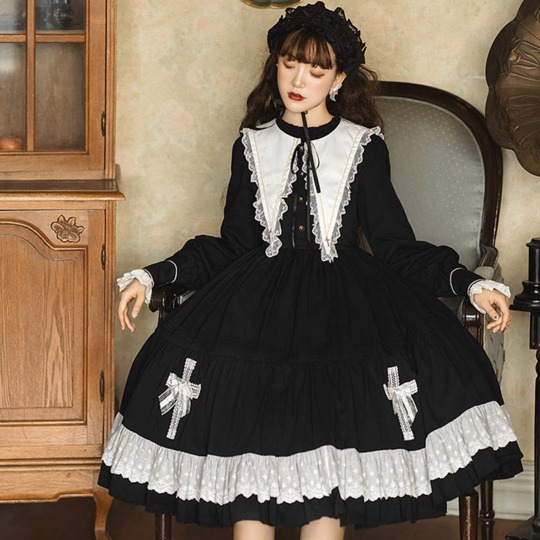
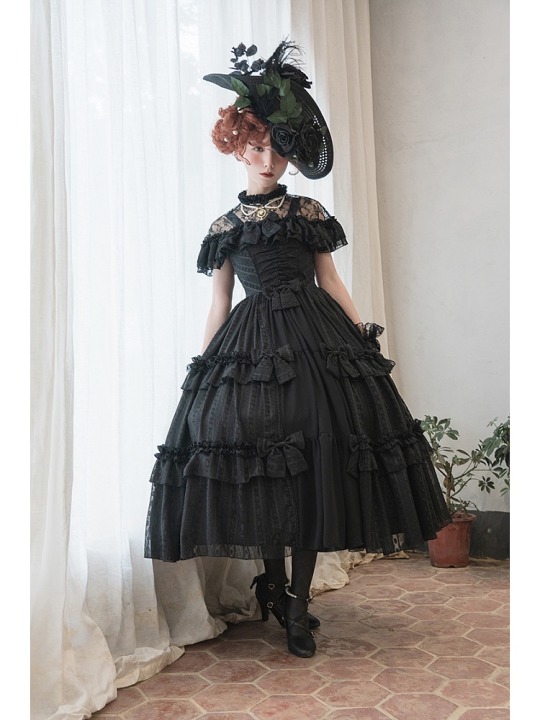
Part 94
4 notes
·
View notes
Photo
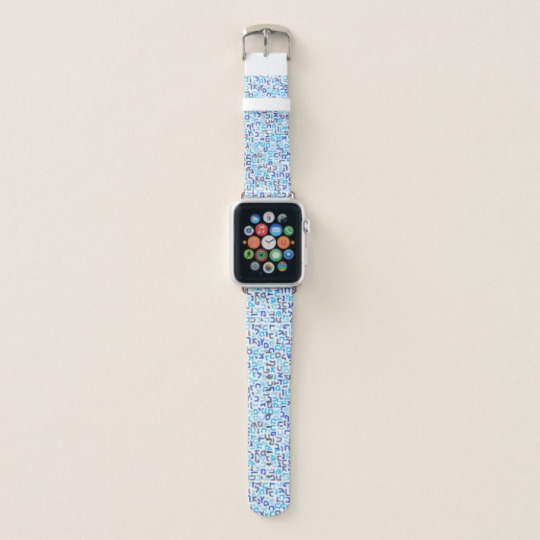
Happy Pentecost, Israel!
#Israel#Hebrew#Jewish#alphabet#writing#smartwatch#Apple Watch#Apple Watch Band#יִשְׂרָאֵל#עברית חדשה#Hebrew alphabet#אָלֶף־בֵּית עִבְרִי
1 note
·
View note
Text
Practical Magic: The Secret Teachings of the Book of Raziel the Angel | Ancient Origins
Practical Magic: The Secret Teachings of the Book of Raziel the Angel | Ancient Origins
https://www.ancient-origins.net/artifacts-ancient-writings/practical-magic-secret-teachings-book-raziel-angel-006542
View On WordPress
#13th century#Adam#Alfonso X#Amulets#Angel#Angels#Aramaic#Archangel#Black Magic#Cherub#Er&039;elim#Ezekiel#Garden of Eden#Hebrew#Hebrew Alphabet#Incantations#Judaism#Kabbalah#Kabbalah Iyunit#Kabbalah Ma&039;asit#King Solomon#Latin#Middle Ages#Mysticism#Noah#Ophanim#Practical Kabbalah#Raziel#Sefer Raziel HaMalakh#Sepher Ha-Razim
0 notes
Text

Zayin - a sword
There is a knife sharper than a two-edged sword, and a hand to guide its blade and apply its edges and point stronger and surer than the Jewish priest’s. That knife is the word of God: it is a “living” word; it has the power to lay open hearts far greater than that sacrificial knife had to lay bare the bodies of the sacrifice; its edge is sharper than that of the two-edged sword; and when driven home and directed by the hand of the Almighty Spirit, “it pierces even to the dividing asunder of the joints and marrow, the soul and spirit,” and lays bare “the thoughts and intents of the heart.”—W. W. Champneys, M.A.
#bible#god#love#jesus#torah#philosophy#hebrew#the Hebrew letters#bible exegesis#quantum#stories#books & libraries#Alephbet#hebrew alphabet#ancient document#scroll#alef bet
0 notes
Quote
Major Arcana
Magician High Priestess Empress Emperor Hierophant Lovers Chariot Strength Hermit Wheel of Fortune Justice Hanged Man Death Temperance Devil Tower Star Moon Sun Judgement World Fool
Tarot. Tarot Cards. Free Tarot at Seven Reflections. State of Illumination.
0 notes
Text
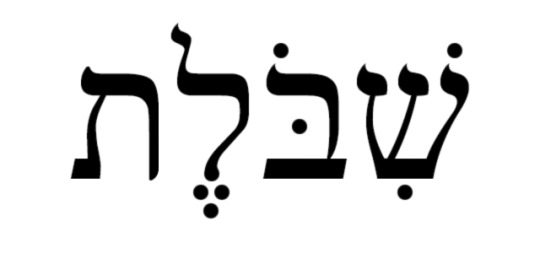
If you know, you know.
#if you know you know#meme#shibboleth#content#hebrew#hebrew alphabet#i hope i'm being clever#and not offensive
3 notes
·
View notes
Text
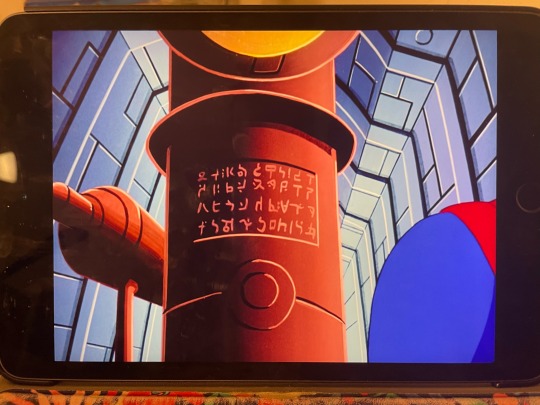

I’m watching Superman: The Animated Series and I love that some of the Kryptonian alphabet is just Hebrew! Not all of it - I suspect some of it is pulled from other alphabets and some of it is just shapes - but I mean. compare it to Hebrew print and cursive script and it starts looking like a pretty cool nod to Superman’s Jewish origins

#just at a glance I see at least seven or eight letters in both print and cursive#but he also reads it left to right. so. oh well#superman: the animated series#kryptonian alphabet#hebrew#jewish clark kent#jewish superman#clark kent#superman#dc#jumblr
172 notes
·
View notes
Note
Can you write Hebrew in continuous cursive? (Like when it’s joined up). And if so, what does it look like?
Not that I know of. The Hebrew alphabet developed when people were still using tablets to write, so it's a lot blockier and less fluid. The Ten Commandments were written on stone tablets, after all. There's many different Hebrew scripts, but none of them are continuous. Laws regarding the writing of Torah scrolls and related religious scrolls also require that each letter be individual and not connected to each other, so like....there's also a religous basis for Hebrew not being written continuously.
98 notes
·
View notes
Text

The last month in the Jewish / Hebrew calendar is /e-'lool/. It visits us in Aug-Sep, right before the holidays of /teesh-'rey/ marking the new Hebrew year.
#hebrew#jewish#learnhebrew#hebrewbyinbal#language#hebrew langblr#israel#jew#torah#trending#hebrew bible#hebrew calendar#speak hebrew#jewish hebrew jew israel education books learn israeli judaism#hebrew alphabet#hebrew letters#calendar#jewish calendar#art#august#calendar art#Year#watercolour art#watercolourpainting#water color art
13 notes
·
View notes
Text
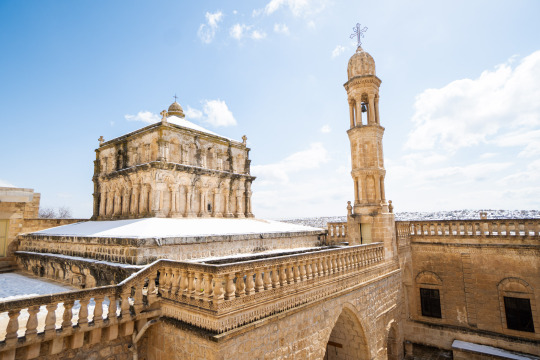
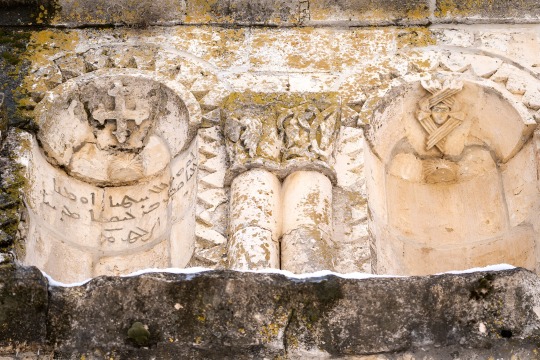

the church of yoldath aloho (the mother of god) in hah in the historical tur 'abin region, located within modern-day turkey. it's thought to have been built around 450 ad and expanded by byzantine emperor justinian in the 6th century, with several additions made throughout the years. the square-shaped dome on the top is unique to the region.
according to local tradition, it was built on a site where twelve kings, following a star to bethlehem, were inspired to do so after witnessing a miracle which proved to them mary's holiness.
#assyrian#architecture#interior#worship#christian#my posts#posting this in celebration of me being able to read the neo aramaic alphabet now#i'm learning judeo neo aramaic a bit which uses the hebrew alphabet but i thought itd be good to learn the other one#i'll probably get familar w/ christian neo aramaic after that ig
41 notes
·
View notes